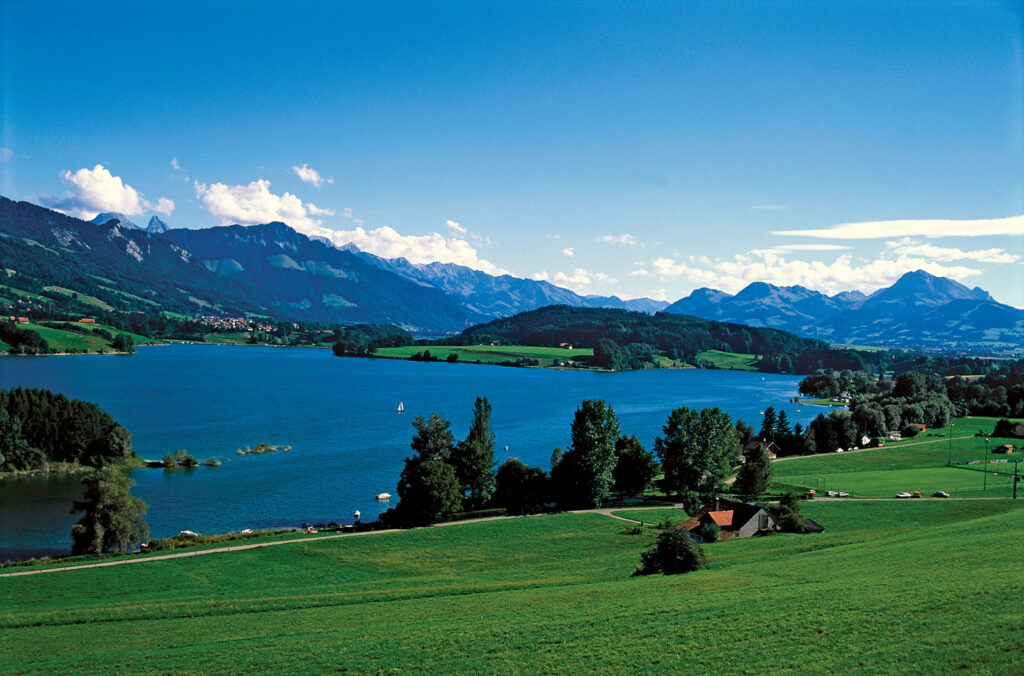Switzerland, officially known as the Swiss Confederation, is a landlocked country (i.e., a country that does not have any territory connected to a water body or whose coastlines lie on endorheic basins) at the confluence of Western, Central, and Southern Europe. The country is a package deal with its divine culture and informative mortgage loans or health insurance comparison options.
On the south of the country is Italy; on the west resides France with Germany in the north, while Austria and Liechtenstein neighbor Switzerland on the east. Geographically, the government dividends among the Swiss Plateau, the Alps, and the Jura Mountains.
The Seasons Of Switzerland
Switzerland has different seasons, that is, spring (which takes place from mid-March to mid-June), summer (taking place from mid-June to mid-September), autumn or fall (occurs from mid-September to mid-December), and Winter (taking place from mid-December to mid-March).
The country’s weather dramatically depends on the region and altitude, and as one might expect, the climate changes rapidly by becoming colder with increasing sizes and slope exposure. According to the record, with every elevation gain of 200 meters, a temperature drop of about one degree Celsius.
Spring In Switzerland
Spring in Switzerland runs from mid-March to mid-June, with average temperatures ranging from 8℃ to 15℃. Though these comfortable temperatures are perfect when one wishes to engage in outdoor activities, nights in spring can change drastically, dropping as low as 5℃, making the nighttime chilly.
Geneva and Zurich are a few of the warmest cities in the country, with Bern being a couple of degrees colder.
Weather in March is quite tricky; one week may start with grass shoots, while a cold snap might follow the following week. Hence it is always advisable to keep suitable clothes in handy. April brings constant warming, with a temperature of 14℃, especially in the Western and Southern regions.

Spring also brings great Swiss festivals, such as Zurich’s spring festival, Sechseläuten, in April specifically and Ascension Day, which falls forty days after Easter. Hiking trails accompanied by blossoming trees are also attractive to tourists and locals.
Summer In Switzerland
The summer season is usually dry and warm, with humidity varying from altitude to altitude. It begins in mid-June and remains till mid-September, with temperatures differing from 18℃ to 28℃. Days are comparatively longer in July and August, providing the perfect time to explore the country’s Swiss festivals, cities, and hiking trails.
Swimming season begins in July as well, opening up various lakes in the country. Lake Geneva has the most incredible water, its temperature being 20℃, while Lake Zurich has warmer water, its temperature being 23℃. Lugano is known to be a swimming paradise because of its temperature of 26℃.
Many festivals occur in the summer season, the season’s highlight being the Swiss National Day celebrated on August 1. Some of the best-known artists in the world perform at the Montreux Jazz Festival for two weeks, while some other popular events of the summer are Zurich Festival, the Fête de la Musique in Geneva, the Palêo Festival in Nyon, and Gauklerfest in Interlaken.
Autumn In Switzerland
Autumn starts a quieter low season in Switzerland, beginning from mid-September to mid-December. A memorable procession in the early days of autumn takes place in the country, where the cows return to the valleys after spending their summers grazing on the mountainside pastures. This procession, also known as Alpabfahrt, holds a special place in the hearts of the locals.
September is considered the month with the best weather conditions, the mild warmth, and bright sky, creating opportunities to hike and go sightseeing. Though precipitation chances are lower during this season, the center of the country may experience rains frequently, while the mountains are covered with the first snow.
The temperature ranges from 8℃ to 15℃, but it is without the winter chill and the darkness. Both of which appear much later. In October, the days begin to shorten while the tree leaves change color and fruits ripen up for eating.
It is also the foggiest time, where residents often head to the three-day Autumn Festival held in Lugano.
Winter In Switzerland
Swiss Winter is generally cold, although the average temperature dramatically depends on the altitude and location of the specific region. The snow officially begins in January, where the weather drifts to 0℃, rarely ever exceeding 2℃. The days are shorter during this period as the sun sets before 17:00 hours.
Although almost all of the country is covered in snow, highlands are always snowier than usual. Chances of rain are as high as chances of avalanches, and the season is also an attraction for foggy weather. Such weather conditions last until February, which brings slightly more sunshine and skiing conditions.
People wishing to experience adventures often spend their holidays up on Jungfraujoch, which is home to one of the most famous peaks in Europe.
Climate Of Switzerland
The climate in Switzerland is moderate, with little to no excessive heat, cold, or humidity. Due to Switzerland’s unique geographical location and the inclusion of factors such as elevation, weather, and topography, Swiss climate is subject to significant variations.
While you enjoy the climate and seasons in Switzerland, we also recommend that you have enough funds for the fulfillment of your plans. You have numerous loan options in Switzerland, so we recommend you also check out a few companies in Switzerland that provide Loans with a minimum interest rate.
Ranging from fondue to numerous seasonal activities, Switzerland is known for its variety of feats. Though chief among them is the health insurance provided by the country. Many health insurance providers are offering different options. The same is the case with Mortgage companies; hence, health insurance and Mortgage loan comparison availability make it easy for decision making.
